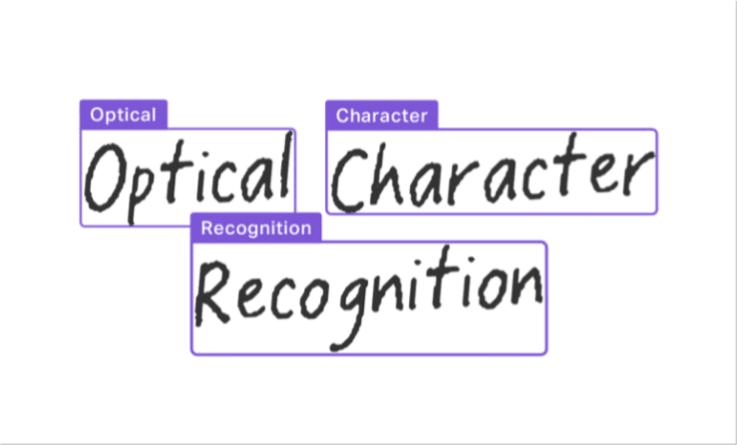
Optical Character Recognition (OCR) is a technology that enables machines to recognize and convert printed or handwritten text into machine-encoded text. OCR software uses algorithms and machine learning to analyze the text and identify individual characters, which are then converted into digital text that can be edited, searched, or stored electronically. OCR technology has applications in many fields, including document digitization, data entry, translation, accessibility, and security.
Optical Character Recognition (OCR) is a technology that enables machines to recognize and convert printed or handwritten text into machine-encoded text. OCR is used for various purposes, including:
1. Document digitization
OCR is often used to convert printed or handwritten documents into digital text. This makes it easier to store, search, and retrieve information from these documents.
2. Data entry
OCR technology is useful in data entry tasks, such as processing invoices, receipts, and forms. The technology extracts data from these documents, eliminating the need for manual data entry.
3. Text editing
OCR software can be to convert scanned documents or images into editable text, allowing users to make changes or corrections to the text.
4. Translation
OCR software can be to recognize text from documents in one language and translate it into another language.
5. Accessibility
OCR technology can help people with visual impairments by converting printed or handwritten text into audio or digital text that can read by text-to-speech software.
6. Security
OCR technology can be in security applications, such as passport and ID card scanning, to verify the authenticity of documents and prevent fraud.
7. ALPR
Automatic License Plate Recognition (ALPR) is a technology that uses Optical Character Recognition (OCR) to automatically recognize and capture license plate information from images or video footage. ALPR is widely for law enforcement, parking enforcement, tolling, and border control applications. It is offered by many firms like SentiVeillance. The ALPR system captures an image of a vehicle’s license plate using a camera and uses OCR technology to read and convert the characters on the license plate into digital text. The captured license plate data can then compare to a database of known license plates to identify stolen or wanted vehicles, or to enforce parking regulations or toll fees. Visit here to know more on license plate detection api.
8. Medical records
OCR technology is to digitize medical records, making it easier to access and share patient information.
9. Archiving
OCR is to convert old books, manuscripts, and other documents into digital format for archiving and preservation purposes.
10. Education
OCR technology is in education to digitize textbooks, course materials, and other educational resources.
Conclusion
In conclusion, Optical Character Recognition (OCR) is a powerful technology that has numerous applications in various fields. Its ability to convert printed or handwritten text into machine-encoded text has revolutionized the way we store, search, and access information. OCR technology is widely in use for document digitization, data entry, text editing, translation, accessibility, security, banking and finance, medical records, archiving, and education. As OCR technology continues to evolve and improve, it is likely to find even more applications in the future.